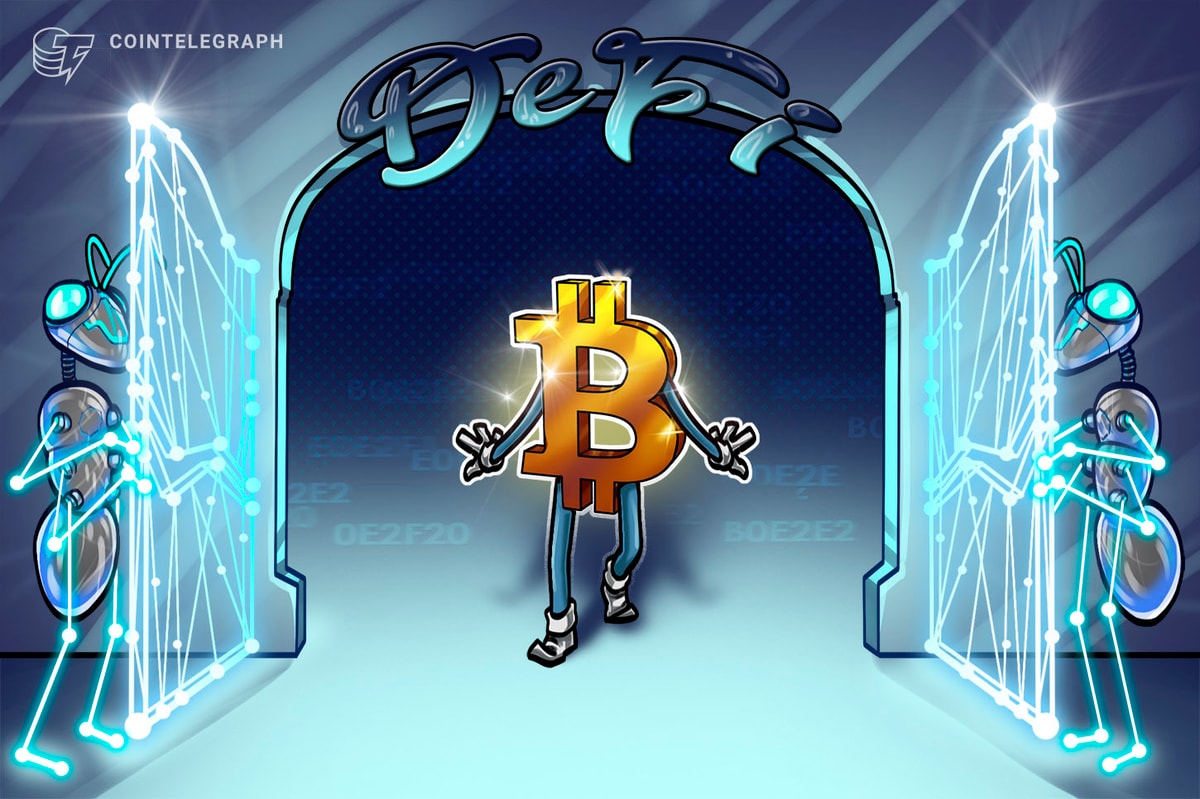
Opinion by: Samuele Marro, PhD pupil in machine studying on the University of Oxford
The Web3 AI area has fallen right into a entice. Somewhere alongside the way in which, “decentralized AI” turned synonymous with “blockchain AI.” This false equivalency actively harms innovation.
Excellent decentralized AI initiatives contort themselves into blockchain frameworks, not as a result of it makes technical sense, however as a result of that’s the one approach to entry Web3 funding, experience and communities. The blockchain-first mentality isn’t simply limiting what decentralized AI might turn out to be; it’s cannibalizing it.
Web3 isn’t blockchain
Web3 beliefs emerged from cypherpunk: trustlessness, permissionlessness, censorship resistance and consumer possession. The business has forgotten a crucial distinction: Web3 philosophy differs from blockchain know-how. BitTorhire is Web3. Tor is Web3. IPFS is Web3. And now that Web3 AI is on the middle of the hype, many discover blockchains are sometimes ill-suited.
Jump into any Web3 AI area, and also you’ll see the identical sample repeating: good groups constructing distributed studying networks, peer-to-peer (P2P) AI marketplaces and distributed coaching methods, all awkwardly explaining why they want a token or how their onchain settlement works.
As a counterexample, take into account federated studying, the place a number of nodes collaborate to coach a shared AI mannequin whereas holding their uncooked information non-public. This is a main instance of decentralized AI: No tokens are required.
That isn’t to say blockchain is rarely helpful. Onchain settlement can simplify funds between AI brokers, cryptographic proofs can enhance popularity methods, and tokens can align incentives in collaborative coaching. But these are specialised instruments, not one-size-fits-all options. For many decentralized-AI issues, blockchain overhead solely provides latency, complexity and price.
A recreation of incentives
Why do initiatives make these selections? The reply lies in how the Web3 ecosystem has developed. Projects that don’t combine blockchains aren’t thought-about “Web3” and thus can’t entry Web3 funding pipelines, knowledgeable networks or neighborhood assets. In their thesis, enterprise funds with “Web3” constructed funding standards round blockchain integration. Web3 AI areas deal with non-blockchain initiatives as out of scope.
These incentives drive groups to undertake blockchain not for product causes however for ecosystem entry. In different phrases, they’re making architectural selections based mostly on fundraising necessities quite than optimum consumer outcomes. There’s nothing unsuitable with taking part in the sport, but it surely signifies that many alternatives for real (and worthwhile) functions of decentralized AI are being missed.
The business should acknowledge that three distinct ideas have been artificially bundled collectively.
Related: Can blockchain provide the guardrails to maintain AI on track?
Decentralized AI contains distributed computing, federated studying, P2P networks and edge computing, none of which inherently require blockchain infrastructure.
Crypto-integrated AI includes token incentives, cryptographic proofs, digital asset administration and legit use instances that may be applied utilizing blockchains.
Web3 AI represents consumer possession, permissionless innovation and neighborhood governance, which may be achieved by means of a number of technological approaches.
These ideas can work collectively fantastically, however they don’t have to. A federated studying community can use cryptographic privateness ensures with out touching a blockchain. A distributed AI market can implement reputation-based validation with out sensible contracts. Incentive methods can function by means of consensus mechanisms that don’t require the overhead of a complete blockchain infrastructure.
Decentralized AI wants a toolbox
True innovation in decentralized AI requires technological pluralism, with blockchain being a instrument within the toolkit, not a non secular requirement. The most profitable initiatives of the subsequent decade will probably be those who select the suitable structure for his or her particular challenges, not those who conform to present ecosystem expectations.
Web3 funding and neighborhood assist should evolve to embrace non-blockchain decentralization. Venture funds can get substantial returns on decentralized and aligned initiatives with Web3, even when their funding mannequin isn’t token-based.
Communities ought to have fun permissionless innovation no matter its technical substrate. For instance, quite a few decentralized AI ecosystems exist past crypto, each nonprofit and for-profit. Prime Intellect has skilled giant language fashions at scale whereas preserving decentralization. The Massachusetts Institute of Technology’s NANDA is constructing a decentralized web of brokers. LAION is democratizing AI analysis.
These methods obtain real decentralization; they don’t carry a blockchain badge and are invisible to a lot of the Web3 neighborhood. Even within the extra conventional Web3 AI area, nevertheless, there are optimistic indicators from initiatives that use blockchains solely when it is sensible.
Numerai makes use of the chain to handle stakes for fashions developed by the neighborhood, rewarding the best-performing ones. Torus Network distributes token rewards transparently to the brokers that contribute essentially the most to its long-term development whereas capturing the community worth within the token. Render Network’s token-based cost signifies that anybody, anyplace, can present compute to its render farm. All of those functions are already right here.
The present blockchain-first method is constraining innovation in decentralized AI exactly when it’s wanted essentially the most. As AI methods turn out to be extra highly effective and centralized, there’s a determined want for decentralized alternate options. But they gained’t be achieved if the ecosystem retains forcing each answer by means of the blockchain bottleneck. The initiatives that shed this inefficient mindset immediately will dominate the ecosystem tomorrow.
Web3 AI faces a alternative: proceed cannibalizing decentralized AI with blockchain necessities or liberate it to attain its full potential. The know-how is prepared. The query is whether or not the ecosystem is able to evolve and who can capitalize on this transformation.
Opinion by: Samuele Marro, PhD pupil in machine studying on the University of Oxford.
This article is for common data functions and isn’t supposed to be and shouldn’t be taken as authorized or funding recommendation. The views, ideas, and opinions expressed listed here are the writer’s alone and don’t essentially mirror or symbolize the views and opinions of Cointelegraph.











